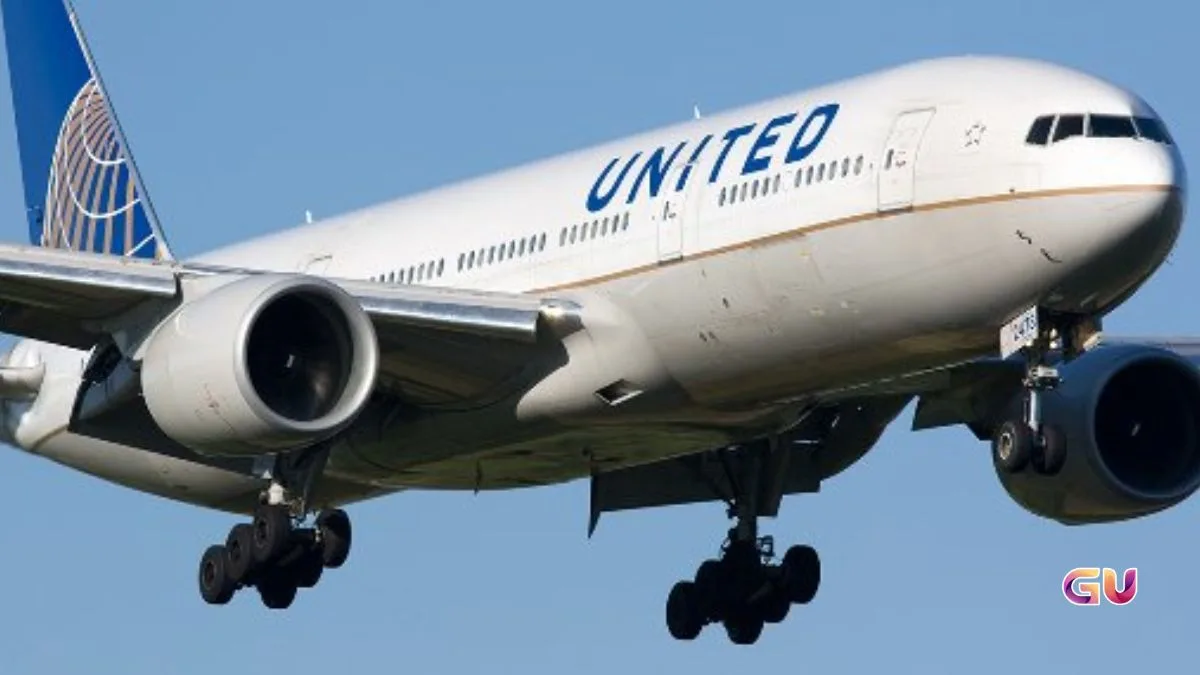United Airlines Flights — The Federal Aviation Administration (FAA) has launched a full investigation after a near-miss incident at San Francisco International Airport (SFO) involving two commercial jets operated by United Airlines and SkyWest Airlines. The event occurred on May 13 around 5:10 p.m., when both aircraft were cleared for takeoff on parallel runways — and came dangerously close to colliding in midair.
What Happened?
United Flight 1152, an Airbus A320 headed to Dallas-Fort Worth, and SkyWest Flight 5272, a CRJ-200 bound for Fresno, were performing standard departures from runways 1R and 1L, respectively. While each plane had a designated Standard Instrument Departure (SID) route that should have kept them separated — a right turn for the United jet and a left turn for the SkyWest jet — the United aircraft unexpectedly turned left, flying directly into the SkyWest flight’s path.
At their closest point, the aircraft were separated by only 0.4 nautical miles horizontally and just 280 feet vertically — a dangerously small margin at takeoff speeds. The FAA confirmed the United jet deviated from its approved route without authorization, triggering emergency maneuvers.
What Caused the Wrong Turn?
According to audio and sources reported by aviation analysts, the deviation appears to have stemmed from a misprogrammed flight management system (FMS). The United pilot flying — a first officer departing SFO for the first time — reportedly began a left turn just 500 feet after takeoff, possibly due to a routing input intended for a different runway.
The aircraft captain, realizing the error, tried to correct course by manually inputting the correct heading, but by then the jets were already alarmingly close. SkyWest’s collision avoidance system triggered an alert, and its pilots took evasive action to prevent disaster.
Air Traffic Control Missteps
Further complicating the event, air traffic control instructions added confusion. The controller mistakenly told the United crew to “fly runway heading” — which contradicted the urgent need to stabilize the aircraft’s current heading. This wording discrepancy added precious seconds of delay in correcting the aircraft’s course.
FAA Response
The FAA is actively investigating the incident, and both airlines have acknowledged the event. United Airlines issued a statement saying it is reviewing the situation internally and cooperating with federal regulators.
“This was one of the closest calls we’ve seen at SFO in years,” one air traffic controller reportedly said, according to a report by VASAviation.
Why It Matters
This incident highlights growing concerns about pilot workload, departure procedure complexity, and air traffic controller fatigue — especially at busy international hubs like SFO. It also raises questions about the need for improved training, software checks, and more precise communication between pilots and air traffic controllers during high-stakes moments like takeoff.
